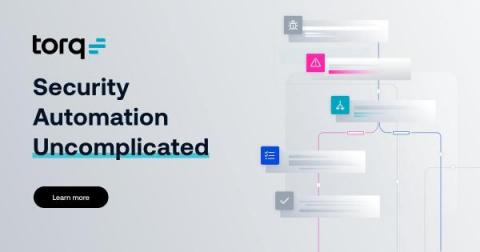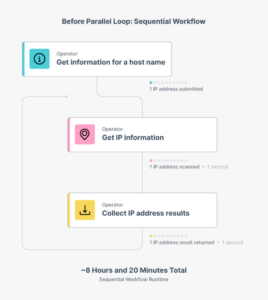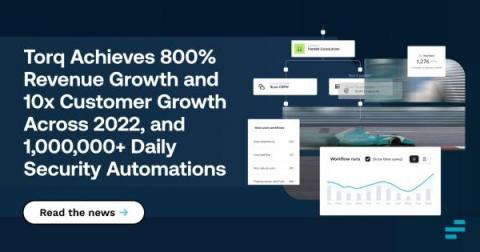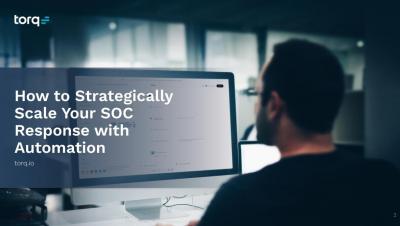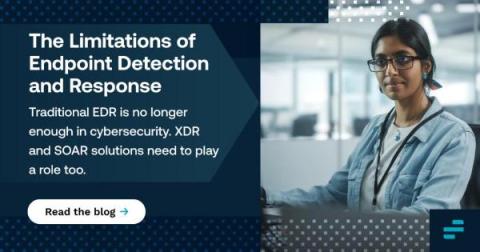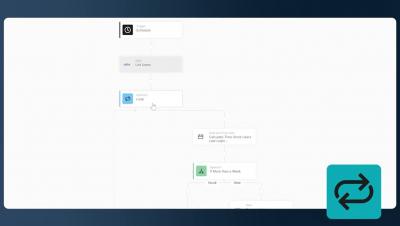Torq Poaches Splunk's Josh Morris as New SVP of Worldwide Sales and Taps Chief Marketing Officer Don Jeter From Pax8
Torq further accelerates growth and global expansion with world-class hires as broader tech sector struggles with revenue declines and layoffs New York, NY, February 13, 2023—Torq, the security automation leader, today announced the addition of new Senior Vice-President of Worldwide Sales Josh Morris and Chief Marketing Officer Don Jeter to its executive team.


